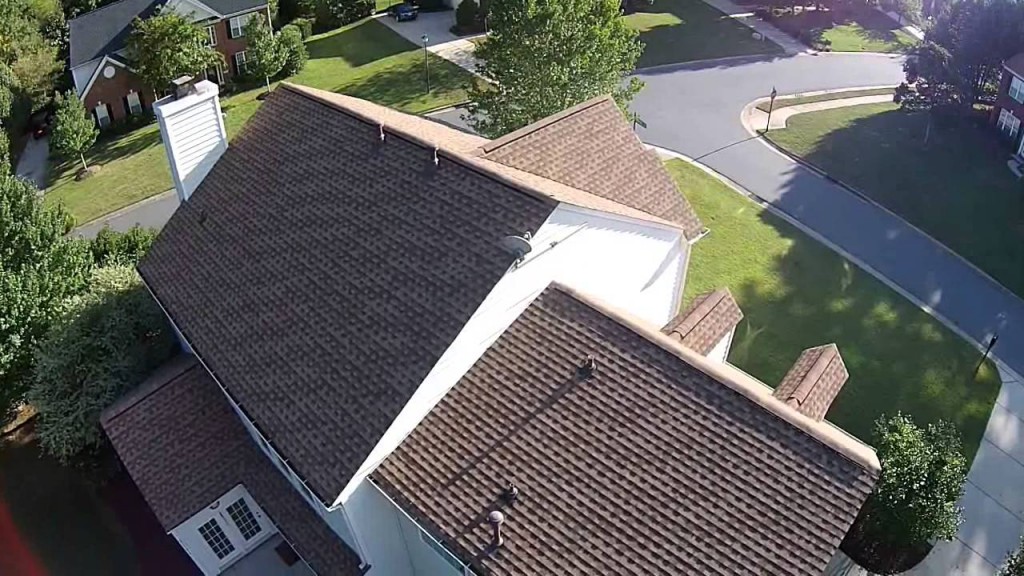As a realtor, I rely on my systems to do their job each day, silently in the background, working as they should. One of the ways technology keeps itself in business is to consistently make things “safer”, keep things “up to date”, and mostly be “innovative”; always on the cutting edge. Making things harder for the end user is what maintains tech company jobs. It seems that any professional business has to have their own in-house I.T. person or “tech guy/gal” as we like to call them.
Being a programmer myself for many years now, I understand the struggles Realtors face every day with browser updates, JAVA updates, and Flash updates. Not to mention plug-in updates, OpenSSL, server-side scripts, Apache configurations, Perl, and now cURL.
The most obvious part of explaining cURL is to focus on the URL part of the script language. We automatically know this has to do with URL syntax. The “c” in cURL stands for “command” or “command line”. It basically allows a connection to another source to be verified before allowing a transfer of data (or information) back to the original requester. For Realtors running IDX platforms inside their websites this may mean using “wrappers” or “curling” a specific protocol for an end user to view.
Example: The IDX your using may require you to completely use their system with your information simply “plugged in” to the headers, etc. Others allow you to completely use your system and “plug-in” their lines of code into your HTML. When doing this, it’s generally referred to as a “wrap” or “wrapper”. Your effectively “wrapping” their content in your website’s look & feel. No problem, as long as all the programs talk to each other properly.
Every once in a while, some wise-guy decides to interject something into an update that completely throws everyone for a spin. Introducing WordPress 4.6 update.
The latest WP update many realtors using the IDXCO solution (known as IDXbroker, IDXpro, and IDXlite) running to their servers to complain about the latest error that has shown up on their page: “There was a problem curling the page, please make sure your server allows page curling“. When Google-ing this phrase with quotes around it (meaning I’m looking for that exact phrase) Google delivered over 46,000 page results…all from Real Estate companies. The real bummer, my website was on the first page of that result… several times.
The steps you’re likely to take:
1. A non-programmer would immediately contact the IDX provider. It’s obvious that the problem is coming from their end…right? However, the word “server” in the message sends people also to the host server.
2. Contact your host server: I.E. godaddy, networksolutions, mediatemple, WhoIs, etc.
Although both of these steps seem incontrovertible, they are both actually not this issue in this instance. The problem is the wordpress 4.6 update.
As to not anger the cyberspace gods, I’ll caveat the above statement with this: Your server should be updated with the latest scripting languages available including PHP, cURL and OpenSSL (among many others.) To find out what versions your server may be running, you’ll need to locate the info.php file or php.ini. To do this all you need is a simple text editor such as Notepad. (Don’t use word processors like MS Word) Then type in this line of code:
<? phpinfo(); ?>
That’s it. Save this file as something like myinfo.php and FTP (save it) it to your website’s public directory, root directory, or wherever you can easily find it on your server. Then pull it up in a web browser by typing in the URL.
If you’ve done it correctly, you’ll have your PHP settings from your server displayed nicely with title breakdowns. You can check the versions of programming languages against the latest releases just by Google-ing the language. (I.E. “Latest version of cURL”) You’ll find that many servers have not updated their languages to the latest updates. This could cause the error above. Put in a request ticket with your host server to make sure they’re updated to the latest versions. Now… don’t you feel smart? You should.
The other adjustments that need to be made temporarily to fix this issue are within IDXpro/broker/lite. In your “Global HTML wrapper” tab under Customize>Designs, you’ll find the settings to either use a static or dynamic wrapper. Many Realtors use the dynamic wrapper and inject the code into their HTML. If this is your situation, you’ll need to temporarily disable this and use a static wrapper. The static wrapper can easily be split into the two sections called the “Header” and “Footer” of the page. Simply put, the top & bottom sections of your webpages with the IDX code running in the middle. The static wrapper is now using your HTML code, hosted on your server VS the IDXpro system using their dynamic wrapper, which is what’s causing the problem. SO, what is the problem exactly???
The problem is that WordPress’ 4.6 update added a new folder under wp-includes/requests/transport that didn’t exist in version 4.4 (the version that still works with IDXpro) Inside this folder is a file called cURL.php. This cURL file has lines of code which have been known to cause issues. The WP support forum has a ticket on this item which was supposedly solved. FOUND HERE. However, the issue is not solved for IDXpro users. I won’t take time to write up everything said in the support ticket, as you can go read it for yourself.
The solution for agents is to:
1. Temporarily switch to the static wrapper
2. Contact your server to make sure they’ve updated to the latest cURL
3. Make sure your version of PHP is running at least 5.6 or higher
4. Possibly make the changes mentioned in the support ticket above (although they didn’t work for me)
5. Wait for your server to announce their latest updates.
WordPress may also issue a new update that may correct this problem. However, just because WP releases a new version still does not mean your server is handling the page requests properly IF using outdated versions of cURL and PHP.
Now, aren’t you glad you became a Realtor so you could learn to program websites?









 © Matt White - REALTOR® |
© Matt White - REALTOR® |